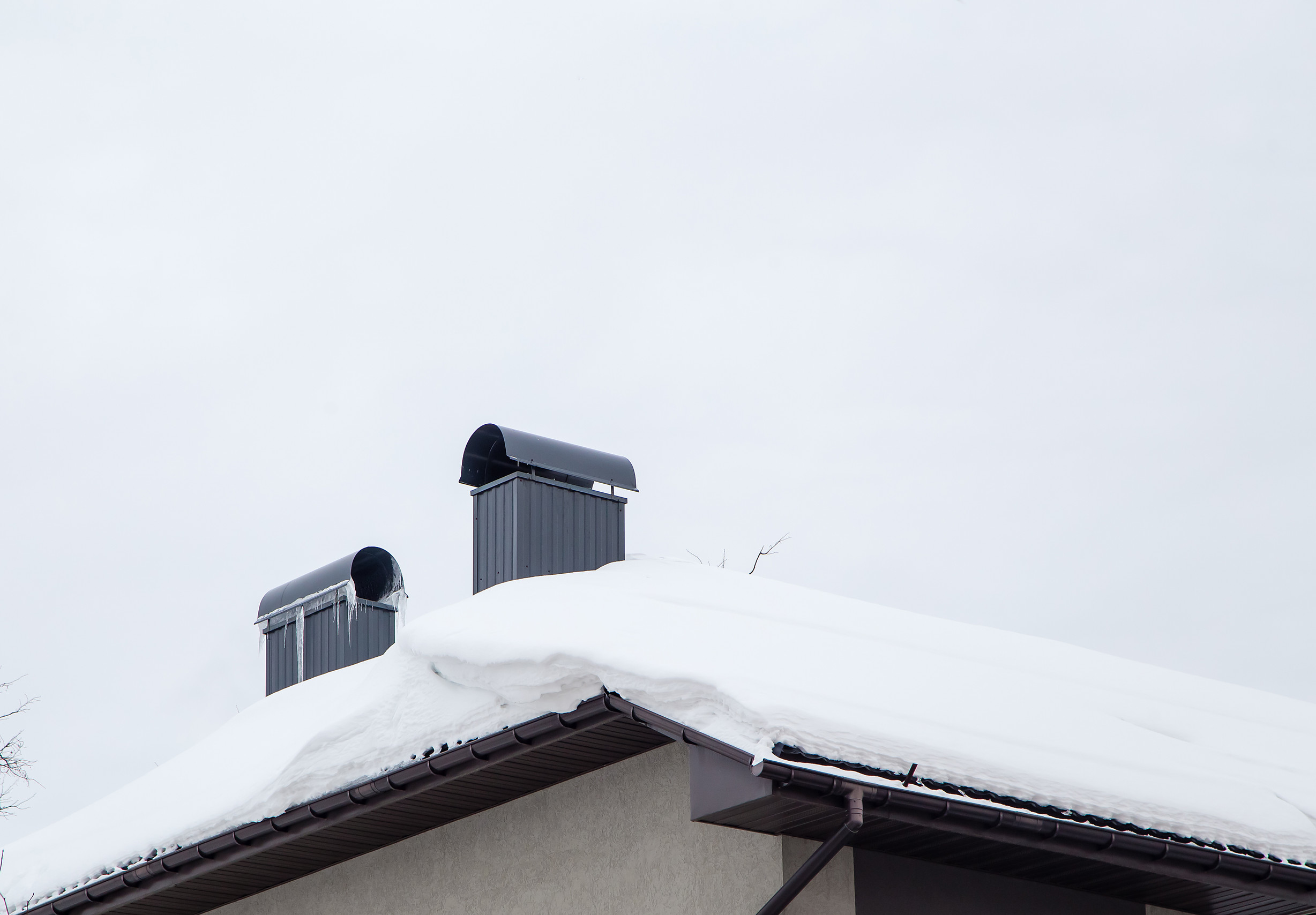
When winter rolls in, most homeowners focus on insulation, snow removal, and preventing ice buildup. But there’s one thing that often gets overlooked—roof ventilation. It may not be the most exciting topic, but proper ventilation plays a major role in keeping your home warm, dry, and protected from winter’s worst. Without it, you could end up dealing with ice dams, mold growth, and skyrocketing energy bills. Here’s why roof ventilation is just as important in winter as it is in summer—and what you can do to make sure yours is working properly.
Roof ventilation is all about air circulation. It allows fresh air to flow into your attic while pushing warm, stale air out. A well-ventilated roof has:
When air moves freely through your attic, it helps maintain a consistent temperature and prevents many common winter roofing problems.
1. It Helps Prevent Ice Dams
Ice dams are one of the biggest winter roofing headaches. They form when heat from your attic melts the snow on your roof. That melted snow then refreezes near the edges, forming a ridge of ice that traps water and forces it under your shingles. This can lead to leaks, water damage, and costly repairs.
Proper ventilation keeps attic temperatures stable, reducing the risk of ice dam formation by preventing warm air from getting trapped under your roof.
2. It Reduces Moisture and Mold Growth
When warm air from your home rises into your attic, it meets the cold roof deck. This can create condensation, and over time, that trapped moisture leads to mold, mildew, and even wood rot. A well-ventilated attic helps excess moisture escape, keeping your home dry and mold-free.
3. It Protects Your Insulation
Wet insulation is bad insulation. If moisture builds up in your attic, it can seep into your insulation, reducing its effectiveness. This means your heating system has to work harder to keep your home warm, leading to higher energy bills. Good ventilation ensures your insulation stays dry, so it continues to do its job.
4. It Extends Your Roof’s Lifespan
Winter weather is tough on roofs, but poor ventilation makes it even worse. Without proper airflow, your roof materials can deteriorate faster due to moisture buildup, temperature fluctuations, and ice-related damage. Keeping air moving through your attic helps reduce wear and tear, potentially adding years to your roof’s lifespan.
5. It Can Save You Money on Heating Costs
If warm air gets trapped in your attic instead of circulating properly, it can cause your home’s temperature to fluctuate. This makes your heating system work overtime, driving up your energy bills. A properly ventilated roof allows your home to regulate temperature more efficiently, keeping your heating costs in check.
If you’re not sure whether your attic is properly ventilated, here are a few steps you can take:
A properly ventilated roof is a key part of winter home maintenance, helping prevent ice dams, moisture damage, and high energy bills. If you’re concerned about your roof’s ventilation, A&M Roofing is here to help. We offer expert inspections and ventilation solutions to keep your home warm, dry, and protected all season long. Contact us today to schedule a consultation!